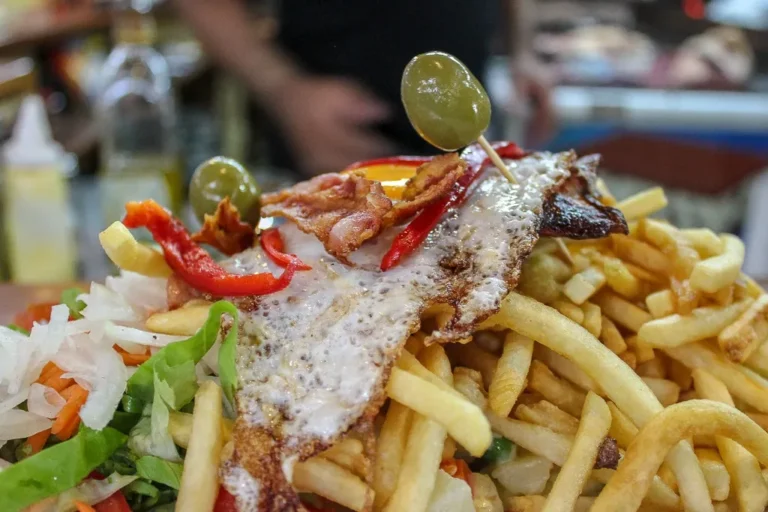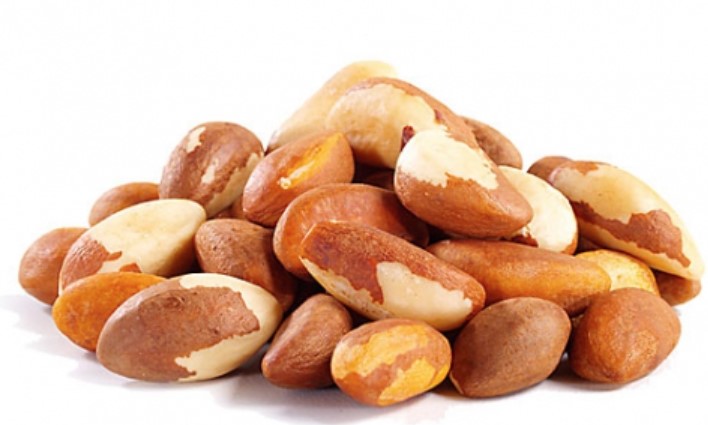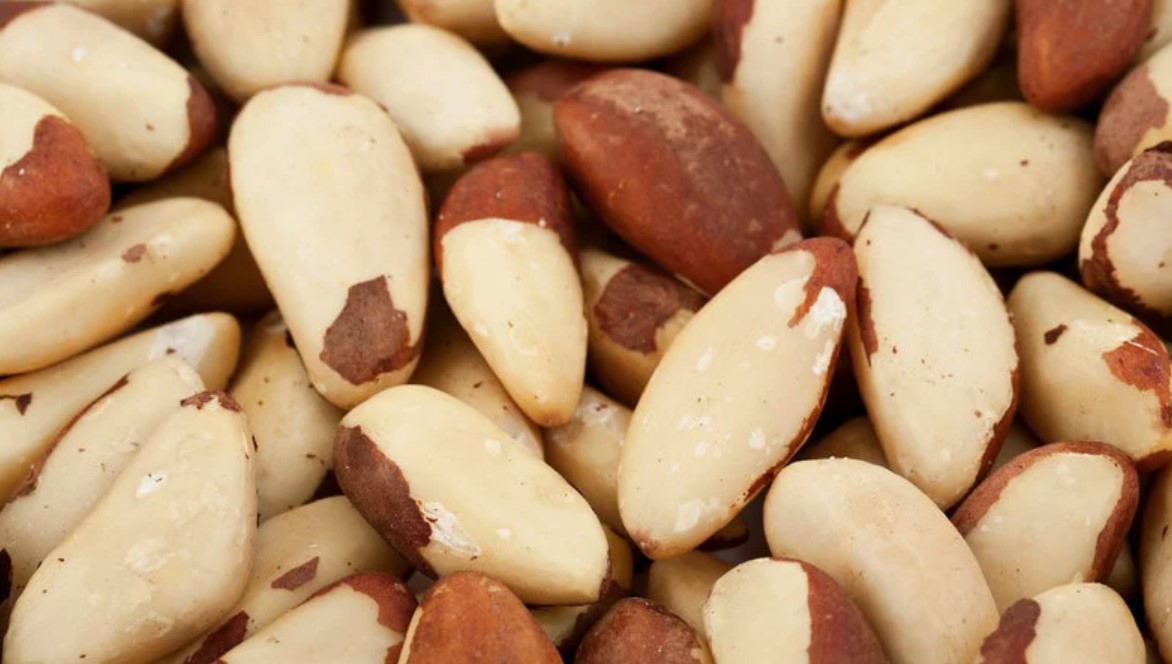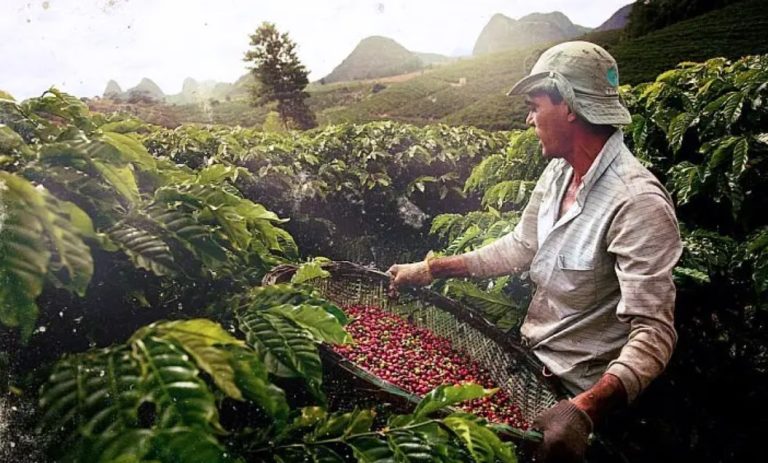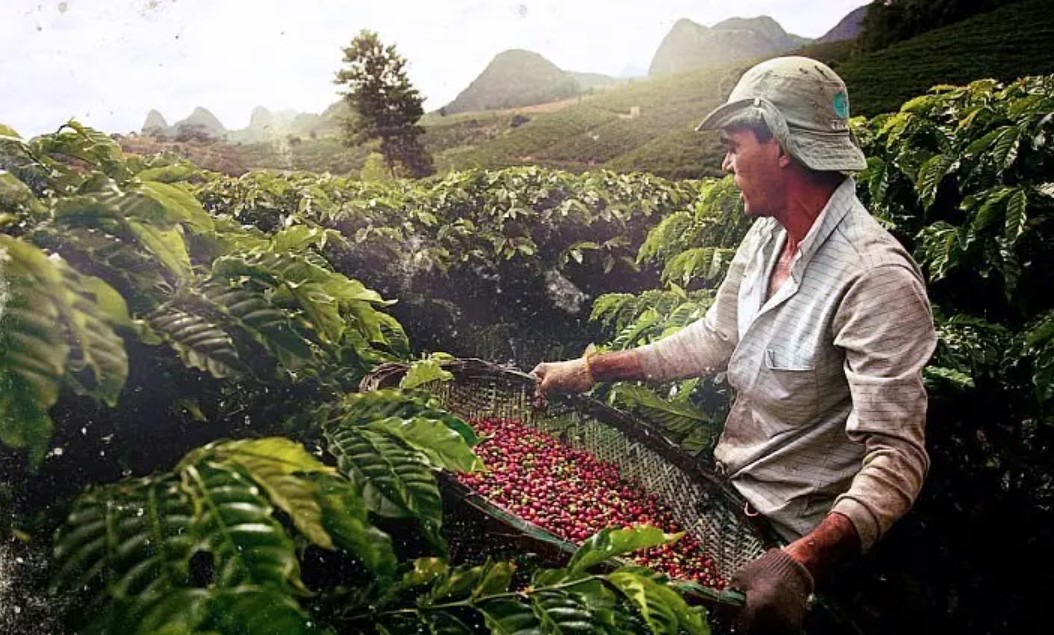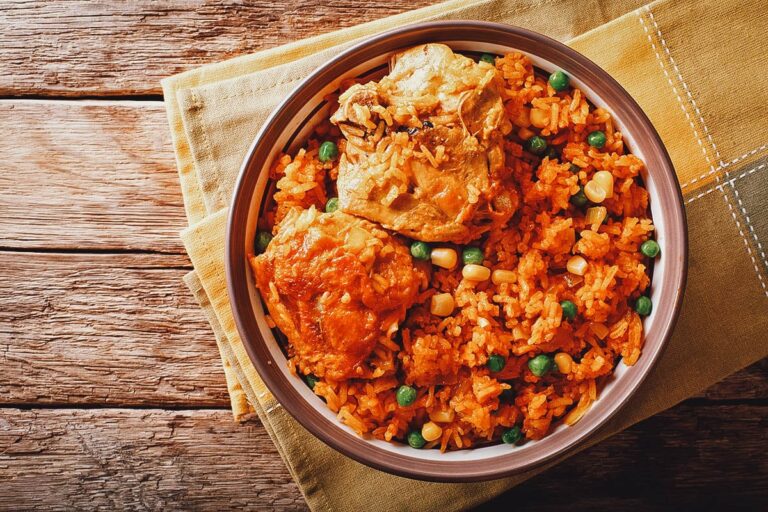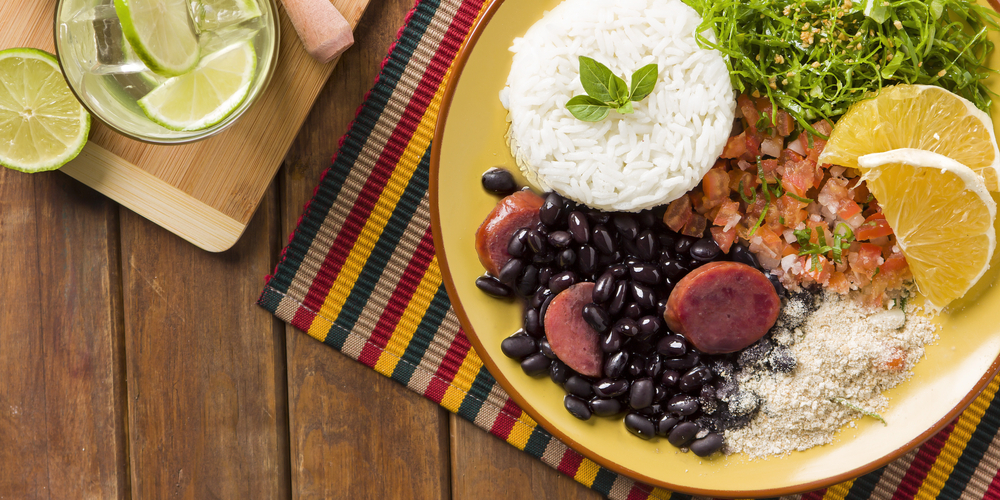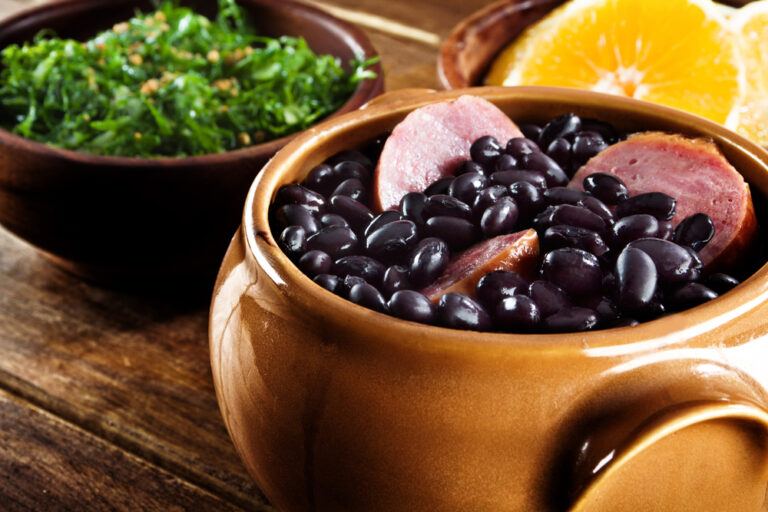Introduction: Exploring Uruguayan Cuisine
Uruguayan cuisine is a unique blend of indigenous, European, and African influences, resulting in a rich and diverse food culture. Uruguay’s location between two culinary giants, Argentina and Brazil, has also contributed to the country’s cuisine. Uruguayans love their meat, and asado (barbeque) is a staple of the national diet. However, the country’s cuisine goes beyond just meat, with dishes that showcase the diversity of flavors and ingredients used throughout the country.
The Influence of Argentina on Uruguayan Dishes
The influence of Argentina on Uruguayan cuisine is notable, given the countries’ shared history and geographical proximity. Asado is a prime example of this influence, with the Uruguayan version of the barbeque being quite similar to the Argentine version. The two countries also share a love for dulce de leche, a caramel-like spread, used in desserts and breakfast dishes. The Argentine dish, milanesa, a breaded and fried meat cutlet, is also popular in Uruguay. However, Uruguayans have put their spin on the dish and often serve it with ham, cheese, and tomato sauce, giving it a distinct flavor.
Brazilian Flavors in Uruguayan Cuisine
Brazilian cuisine’s impact on Uruguayan dishes is less evident but still notable. The use of beans, rice, and cassava (a starchy root vegetable) in Uruguayan cuisine is an influence from Brazil. The Brazilian dish, feijoada, a stew of black beans and pork, is also a popular dish in Uruguay. However, Uruguayans have adapted the dish, using their own cuts of meat, such as chorizo and morcilla (blood sausage), in the dish. Additionally, caipirinhas, Brazil’s national cocktail, has gained popularity in Uruguay, with variations using local fruits like uruguayo (a type of citrus fruit) and pomelo (grapefruit).
Traditional Dishes with a Twist
Uruguayan cuisine has its traditional dishes, such as chivito, a sandwich made with beef, ham, cheese, and egg, and empanadas, pastries filled with meat or cheese. However, these traditional dishes have also been influenced by neighboring countries. For example, the Argentine choripan (a sandwich made of chorizo sausage) has been adapted in Uruguay, with the addition of ham and cheese. The Brazilian dish, acarajé, a fried bean and shrimp fritter, has also been adapted in Uruguay, using local ingredients like cheese and herbs.
Regional Variations: Bordering Countries’ Impact
Uruguay’s proximity to Argentina and Brazil has resulted in regional variations within the country. The northern region of Uruguay, bordering Brazil, has a strong influence from Brazilian cuisine, with dishes like feijoada and cassava-based dishes being popular. The eastern region, bordering Argentina, has a stronger Argentine influence, with dishes like asado and milanesa being popular. However, these regional variations also showcase Uruguay’s unique twist on these dishes, with local ingredients and flavors being used.
Conclusion: A Fusion of Flavors in Uruguayan Cooking
In conclusion, while Uruguayan cuisine has its traditional dishes, it has also been influenced by neighboring countries like Argentina and Brazil. Asado, dulce de leche, and milanesa are examples of the Argentine influence, while beans, rice, and feijoada showcase the Brazilian influence. However, Uruguayans have put their spin on these dishes, using local ingredients and flavors to create a unique fusion of flavors. The result is an exciting and diverse cuisine that reflects Uruguay’s history, culture, and geography.

